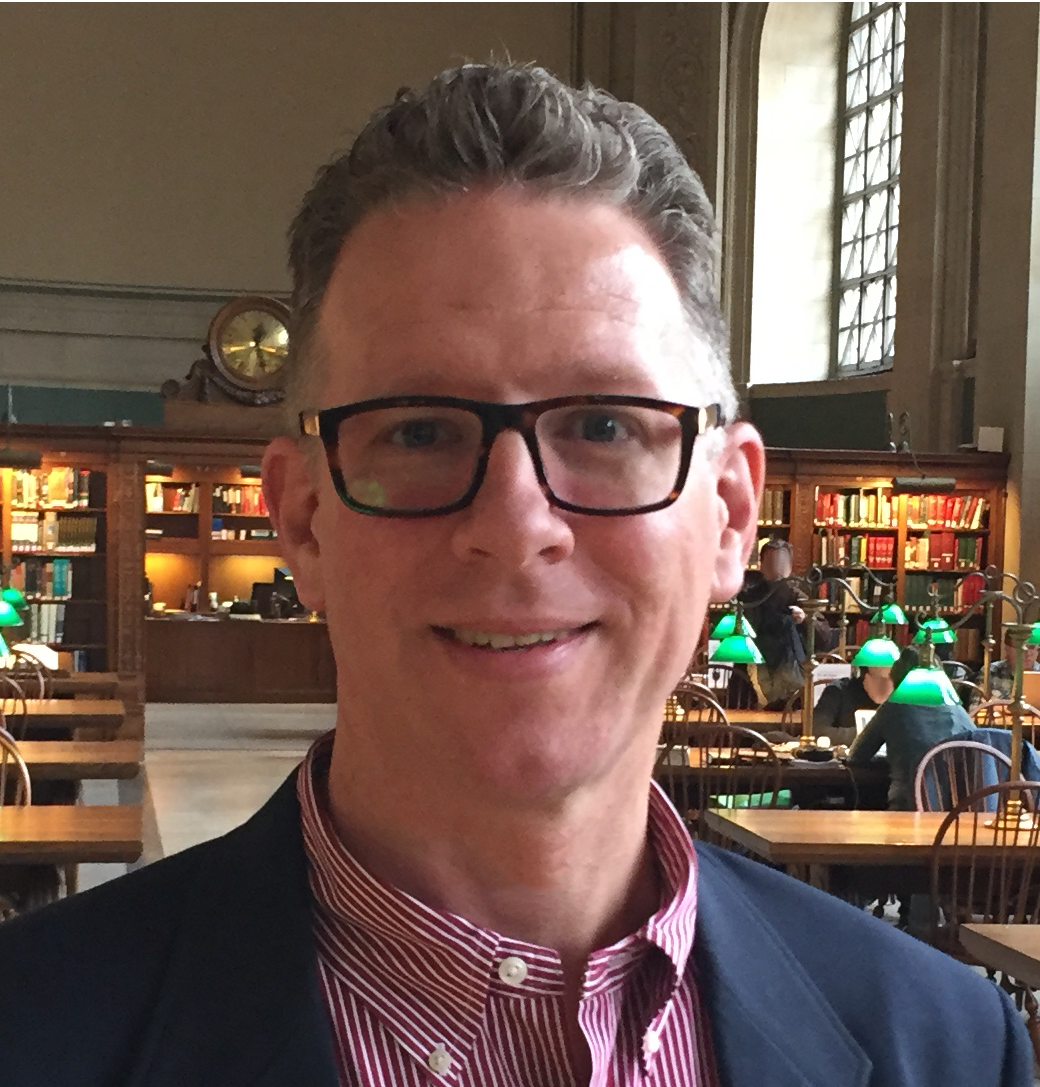We are pleased to announce the availability of Named Landforms of the World (NLW), version 2 in the Living Atlas. Included are four global sublayers representing landforms, provinces, divisions, and their respective cartographic boundaries. There are three ways to get started with this new layer:
- Explore the layers in the viewer app.
- Add the layers to your own web map
- Download a map package for ArcGIS Pro.
We defined landforms based on topography, underlying rock structure and age, and erosional and depositional characteristics. This definition comes from Richard E. Murphy’s Landforms of the World map, published in 1968 by the AAG. Names of the provinces, divisions, and sections came from E.M. Bridges’ World Geomorphology, published in 1990 by Cambridge University Press. To better represent the tectonic processes that produced each landform, this summer we added attributes for each landform area to describe the tectonic setting and processes. The pop-up for the landforms sublayer conveys the above information.
The story of how the NLW came into being is perhaps best told by acknowledging those who made essential contributions:
- Extraordinary good luck arrived in the form of perfectly qualified summer intern, Moira Pippi, who is a graduate student at the Department of Earth, Environmental, and Physical Science at the University of Siena, in Siena Italy. Moira added the tectonic attributes to the landforms and created an excellent story map describing her work.
- Laurie J. Kurilla, who is working on a PhD at the University of Turin asked the kinds of questions about NLW version 1 that showed me the need for significant improvements, along with complete documentation describing the compilation method. Thus, in the summer of 2020 I started work to produce version 2.
- Dr. Alexander Murphy, professor emeritus in the Department of Geography at the University of Oregon, is the son of above-mentioned Richard E. Murphy. In another stroke of good luck, I was introduced to Dr. Murphy at an American Geographical Society (AGS) meeting in 2019, and I thought to ask if he was related to Richard. This led to my receiving methodological documentation Richard Murphy used to compile his map that I had been unable to find.
- Dr. Cynthia Brewer, professor in the Department of Geography at The Pennsylvania State University, introduced me to Dr. Murphy as we were standing next to him in the lunch line at the 2019 AGS meeting. A few years earlier, I had asked her for sources for global physiographic feature names and she handed me a copy of E.M. Bridges’ World Geomorphology in my hands in 2015 saying, “I think this is what you’re looking for.”
- Mark Gilbert, Deniz Karagülle, and Jaynya Richards, product engineers on the ArcGIS Living Atlas team, helped find the patterns needed to automate the production of version 2 of the NLW by editing and re-editing until we understood the exact nature of what it would take to successfully automate the process.
- Dr. Roger Sayre, Ecosystems Geographer and Conservation Scientist at the USGS answered a question that distinguished our work on the first version of the Ecological Land Units map as being distinctly different from landforms. We were considering whether ecosystems could be defined adequately with only the deterministic variables of bioclimate, topography, and lithology presuming the removal of land cover, a response variable. Roger asked colleague Dr. David R. Soller, Chief of the National Geologic Map Database at USGS, who produced a scan of Richard Murphy’s map from the USGS Library in Reston, VA. That map confirmed for us that the combination of only the deterministic variables identified landforms, not ecosystems. Almost immediately, Roger and I agreed that it would be worthwhile to map landforms at a level of detail the deterministic variables of the ELUs would allow.
For more details, please refer to our paper, Named Landforms of the World: A Geomorphological and Physiographic Compilation, in Annals of the American Assocation of Geographers.
Please contact me with any questions.

Article Discussion: